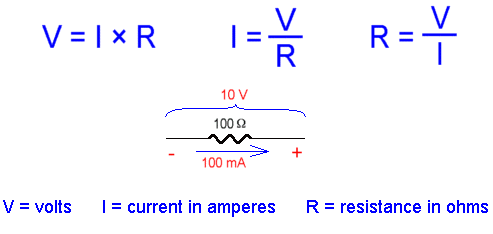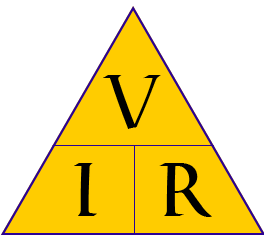Jika anda disebuah kedai tayar kereta, pelbagai jenis tayar dari segi jenama dan harga diperkenalkan pada anda oleh penjual ataupun mekanik tayar sehingga membuat anda pening untuk membuat pilihan.
Persoalannya, adakah apa yang diterangkan oleh penjual dan mekanik tayar adalah benar ataupun sekadar mahu menjual tayar kepada para pelanggan dengan kata-kata yang manis bersertakan pujukan.
Oleh itu, saya akan berkongsi dengan anda sedikit infomasi tentang sesebuah tayar kereta bagi memudahkan anda membuat keputusan ketika ingin membeli tayar baru.
Cara Membaca Tahun Tayar Dikeluarkan
Di kawasan tepi tayar akan dipaparkan 4 nombor dimana maklumat tahun dan minggu tayar tersebut dikeluarkan oleh pengeluar. 1604 bermaksud:
16 = Minggu dikeluarkan iaitu pada bulan 4 ( minggu akhir April )
04 = Tahun dikeluarkan iaitu 2004
Maksud setiap huruf dan nombor pada sebuah tayar kereta.
Jenis Tayar
Huruf P menandakan bahawa tayar adalah tayar kenderaan penumpang (passangger). Beberapa huruf lain seperti LT untuk trak ringan (light truck), dan T untuk tayar sementara, atau ganti (spare tyre).
Lebar tayar
235 adalah lebar tayar dalam milimeter (mm), diukur dari sisi ke sisi.
Nisbah Aspek
Nombor ini memberitahu anda ketinggian tayar, dari manik (bead) ke atas bunga (thread). Ini digambarkan sebagai peratusan daripada lebar tayar. Dalam contoh kita, nisbah aspek 75, jadi ketinggian tayar adalah 75 peratus daripada lebarnya, atau 176,25 mm (0,75 x 235 = 176,25 mm, atau 6,94 dalam). Lebih kecil nisbah aspek, lebih luas tayar berhubung dengan ketinggian.
Pembinaan tayar
R menandakan bahawa tayar telah dibuat menggunakan pembinaan jejarian (radial). Ini adalah jenis yang paling biasa pembinaan tayar. Lama tayar telah dibuat menggunakan berat sebelah pepenjuru (D) atau berat sebelah belted (B) pembinaan. Satu nota berasingan menunjukkan berapa banyak Plies membentuk sisi tayar dan bunga.
Rim Diameter
Nombor ini menyatakan, dalam inci, diameter roda rim tayar direka untuk.
Load Index bermaksud berat yang mampu ditampung oleh sebuah tayar berikut. Jika papar 89H pada tayar anda ingin beli, ini bermaksud tayar anda mampu menampung seberat 580 Kg.
Speed rating adalah maklumat tentang kemampuan atau keupayaan sesebuah tayar bagi kelajuan yang ditempuhi. Contoh: 89H bermaksud = tayar tersebut sesuai untuk kelajuan sehingga 210 km/h.
Diharap sedikit maklumat tentang sebuah tayar yang dikongsi dapat membantu anda membuat pilihan yang tepat dan paling penting anda berpuas hati.









.gif)





 Sijil Kemahiran Malaysia (SKM) Tahap 1
Sijil Kemahiran Malaysia (SKM) Tahap 1
 Persijilan Kemahiran diiktiraf oleh industri di Malaysia
Persijilan Kemahiran diiktiraf oleh industri di Malaysia























